Deep Dive #4: Intro to the Soundstage
Untitled [Bed of Roses] 2005
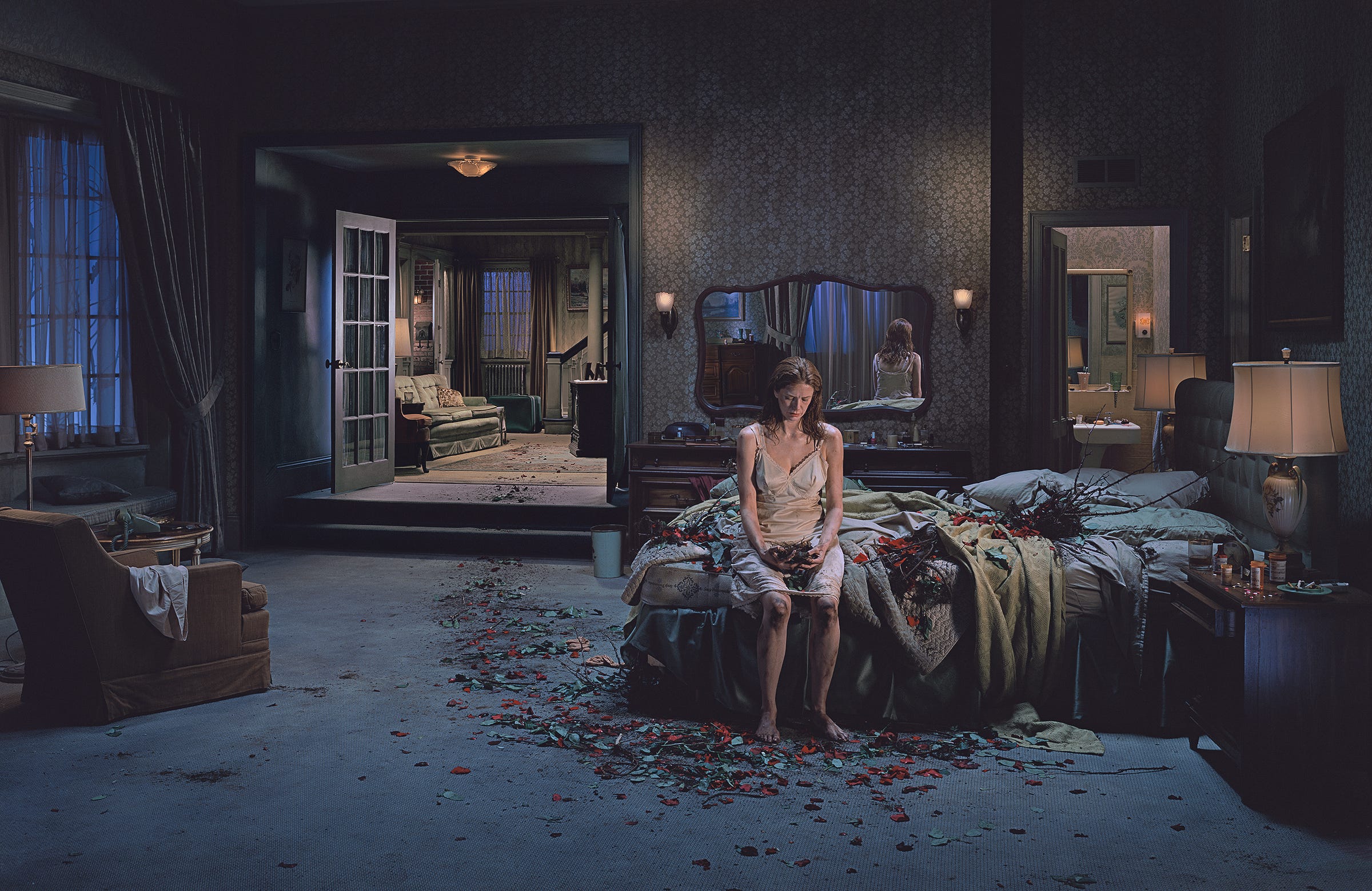
I OFTEN TALK about how important location is to my work. Which is absolutely true. Some locations, however, are not found, but first imagined, and then willed into existence. Between 1998 and 2008, (with the exception of Dream House in 2002,) nearly every interior photograph I made was shot on a set built on a soundstage; painstakingly designed, planned, constructed, framed, dressed, lit, shot, and then unceremoniously struck afterward.
Building sets entered my artistic practice years before on Natural Wonder (1991-1997.) Those pictures, which I’ll write about in more detail another time, were dioramas that I constructed and lit on a table top in my studio, then shot in 4 x 5. I loved working that way because of the freedom it offered in terms of micromanaging details, light, form, and any kind of narrative element, however abstract. When the opportunity to use the soundstage at MASS MoCA presented itself while I was working on Twilight (1998-2001) it felt like an entirely organic and familiar thing to do, and allowed me to do things that I wouldn’t have been able to do in a practical space. I like the tension between the obsessive realist impulse and the theatricality of working on something that is inherently fictional — all of which fit perfectly with the pictures I was making during that time. When I started work on Beneath the Roses in 2003, shooting interiors on soundstages was part of my plan from the beginning.
Below I’m sharing materials related to the above picture from Beneath the Roses, shot in 2005, that illustrate the general process of making pictures on a soundstage: sketches, designs, architectural plans for sets, 8 x 10 black and white Polaroid studies, prop snapshots and diagrams, production stills, and a lighting plot.

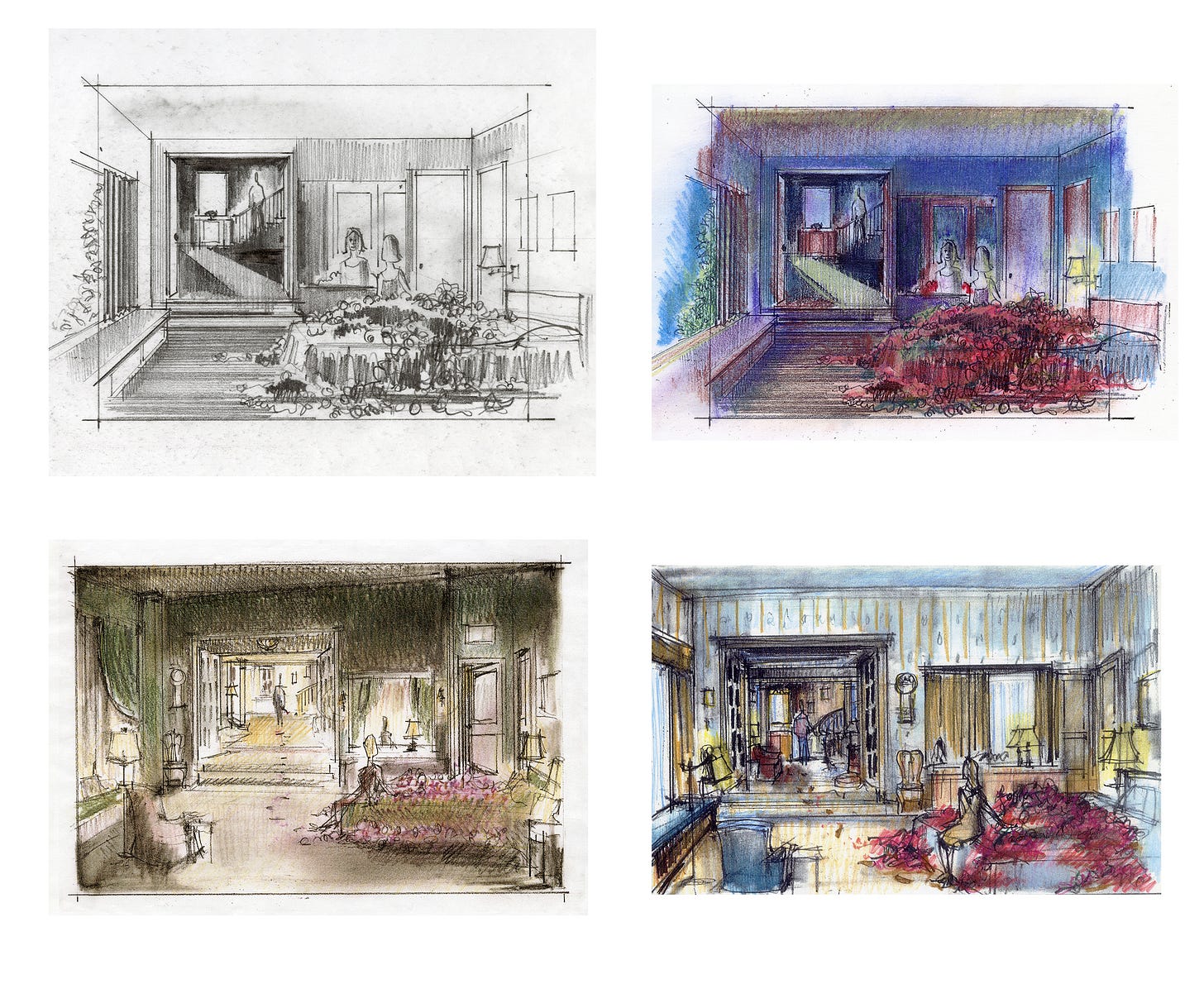
I was seeing a certain space in my mind, and the challenge was to describe it accurately to my production designer, Carl Sprague. He began with sketches and pencil drawings, then added color and details. We went through many iterations of this. I kept moving the camera closer and further from the subject in my mind. I at first wanted the woman seated on the far side of the bed, because I liked the idea of seeing her in reflection, framed by the mirror, which emphasized all the framing devices within the picture. But then I decided there should be a more immediate and direct relationship between the camera and the subject. The roots and stems and flowers are the narrative center of the picture. I wanted the viewer to experience her expression and ambivalence straight on. There is an ambiguous story being told here, a suggestion that the woman might have brought flowers into the domestic space from the garden, almost like some sort of ritual. The trail of debris, dirt, and petals leading back to the doorway indicate she might have dragged them to the bed.
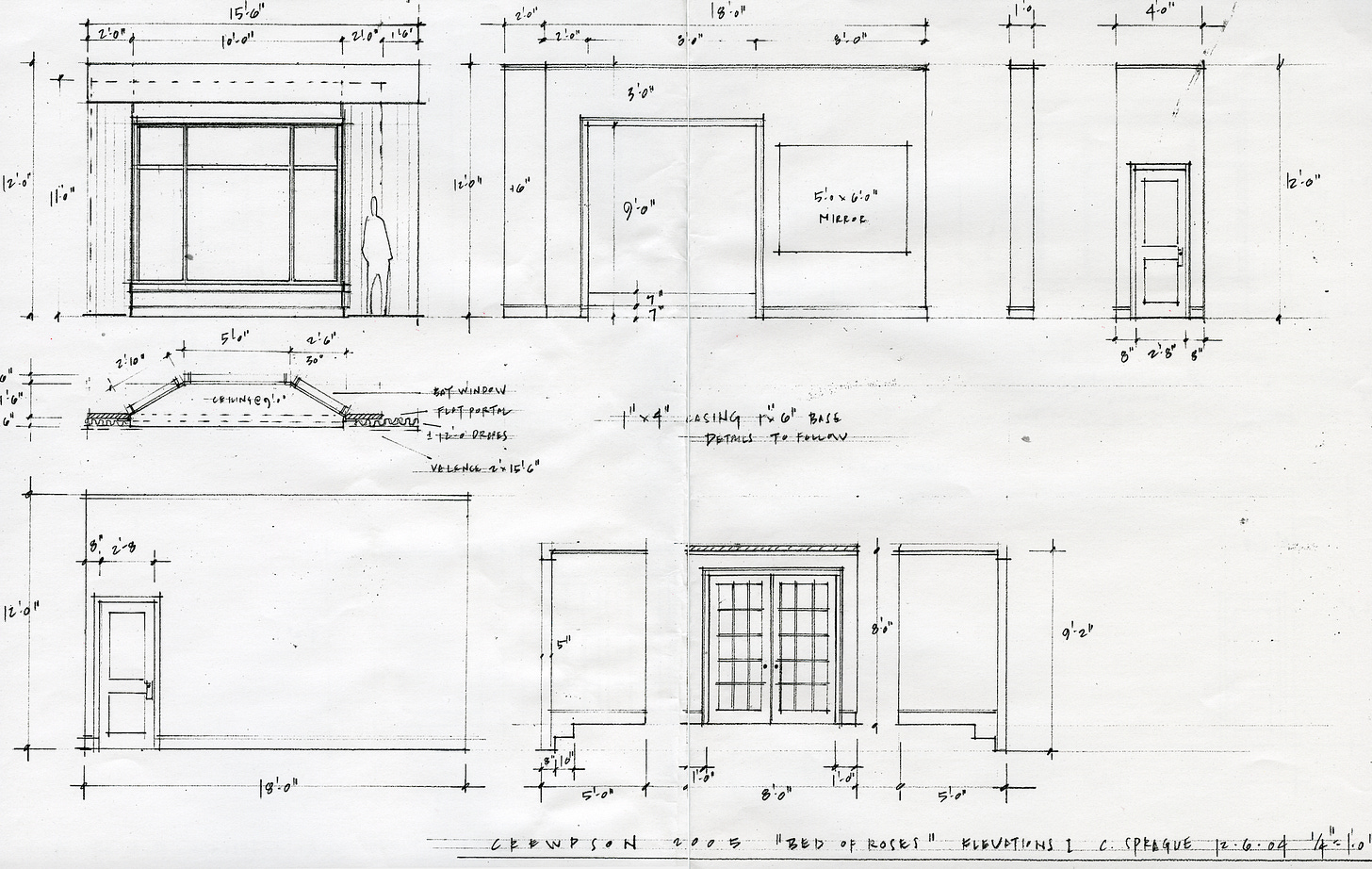
On that series, I was shooting with my 8 x 10 view camera, and that played into the scale necessary with the sets. The 8 x 10 prefers a slight remove from the subject, and it’s one of the great things about working on a soundstage, that there is enough room to create distance from the camera, where on practical locations there would be walls to contend with. The way this picture is framed is a kind of impossible view in terms of its scale and scope. The way it’s designed and constructed also afforded me the ability to work with levels of framing devices, the motif of doorways, windows, and mirrors, all referencing the act of constructing a picture.
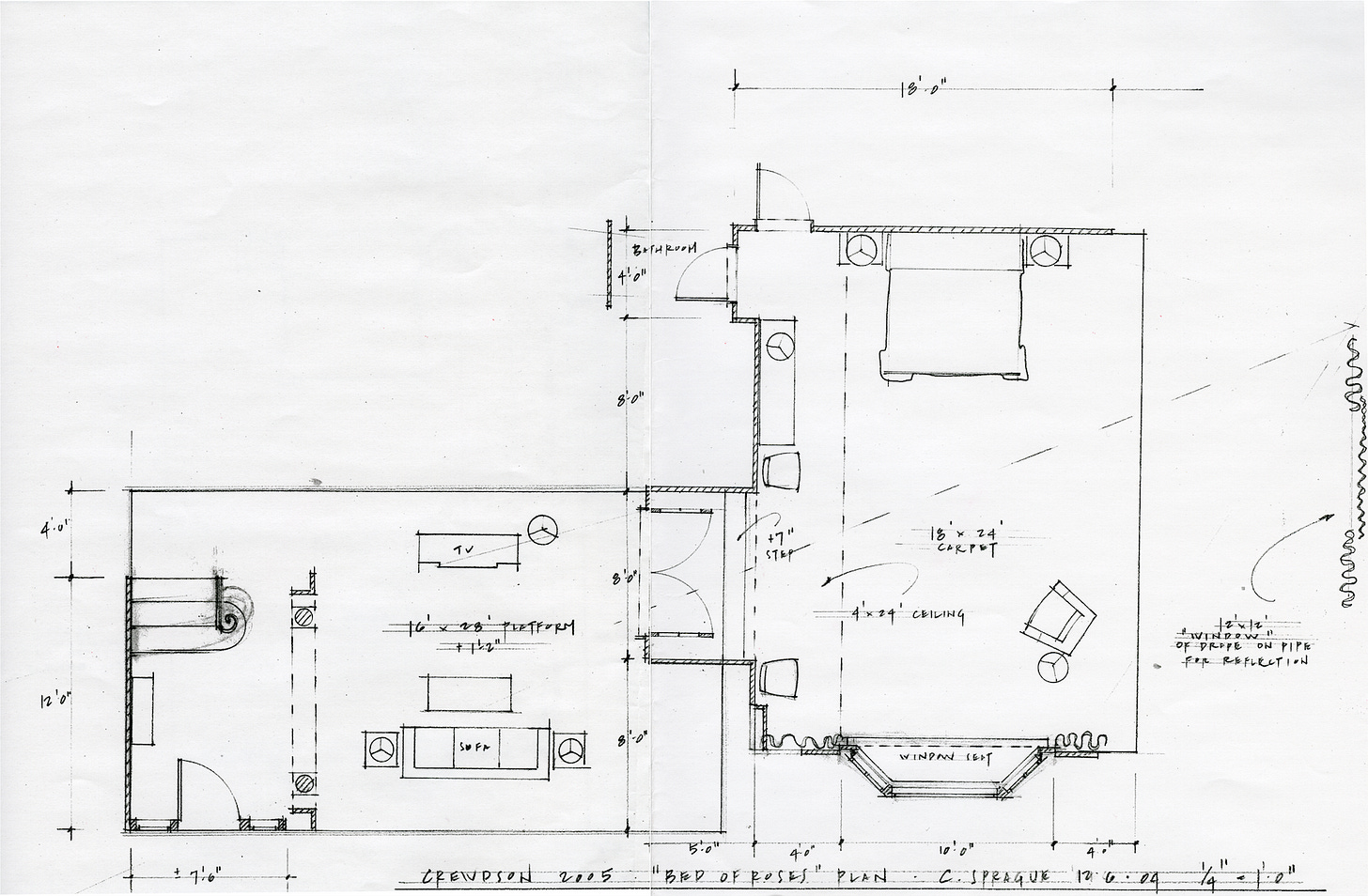
For me, though the real reason to shoot on a soundstage is the control it gives us over the light. Because there are no ceilings, and flats rather than walls, Rick Sands, my director of photography, has enormous freedom with where he places the lights. On location, one of the things that makes me most nervous and aggitated is wind and weather. I can’t control it, and it often controls our production. There is also a sense of rhythm on location that revolves around twilight, and a time pressure related to that. On location, we have a very small window to shoot each day where the light is exactly right.
On the soundtage, there is no time, and we control every aspect of our schedule. We will never lose daylight, or have to shut down because of weather. There is a great luxury in all of that.


Props as outlined above:

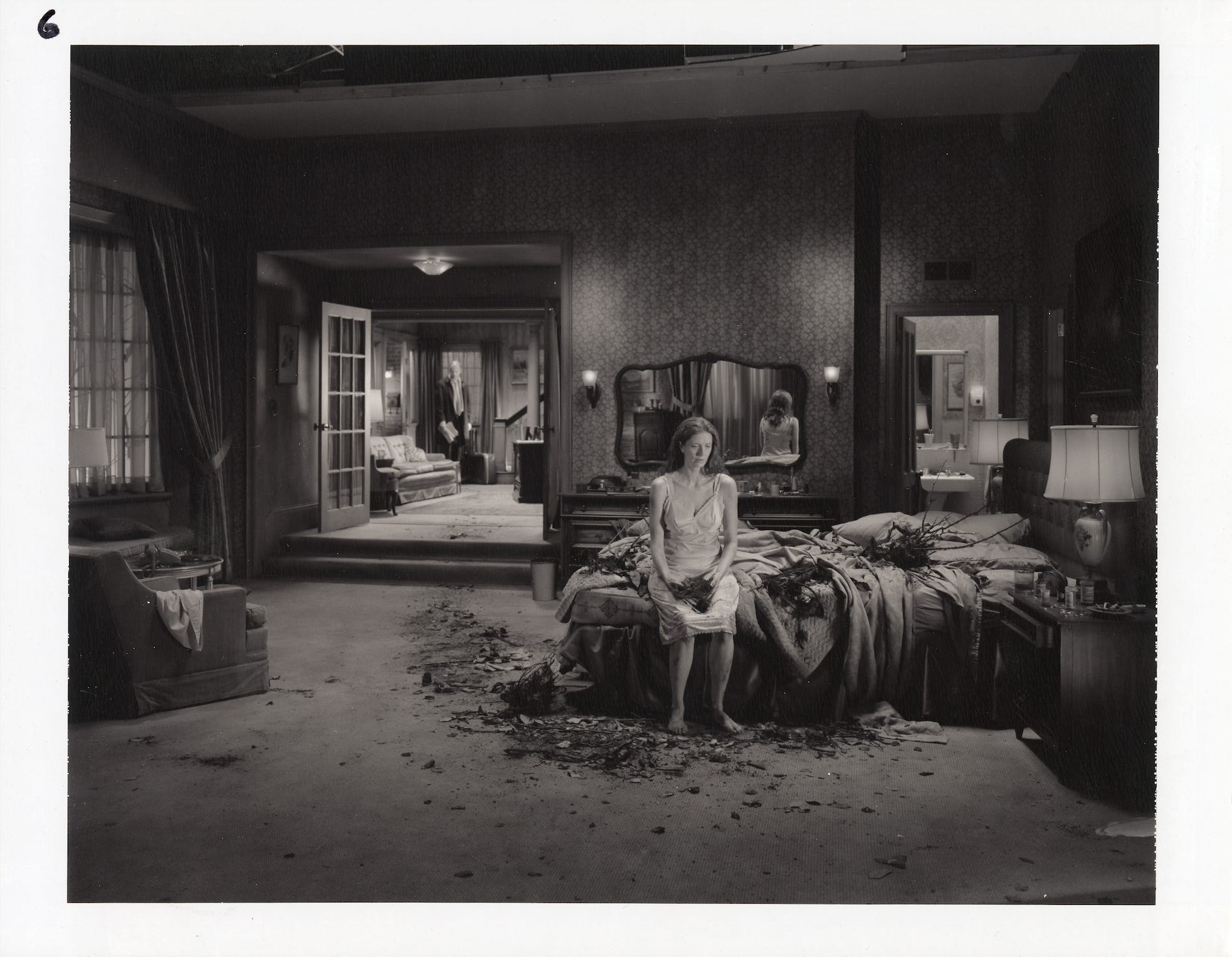

Editorial note: This piece was written by Juliane based on conversations and interviews with the artist.


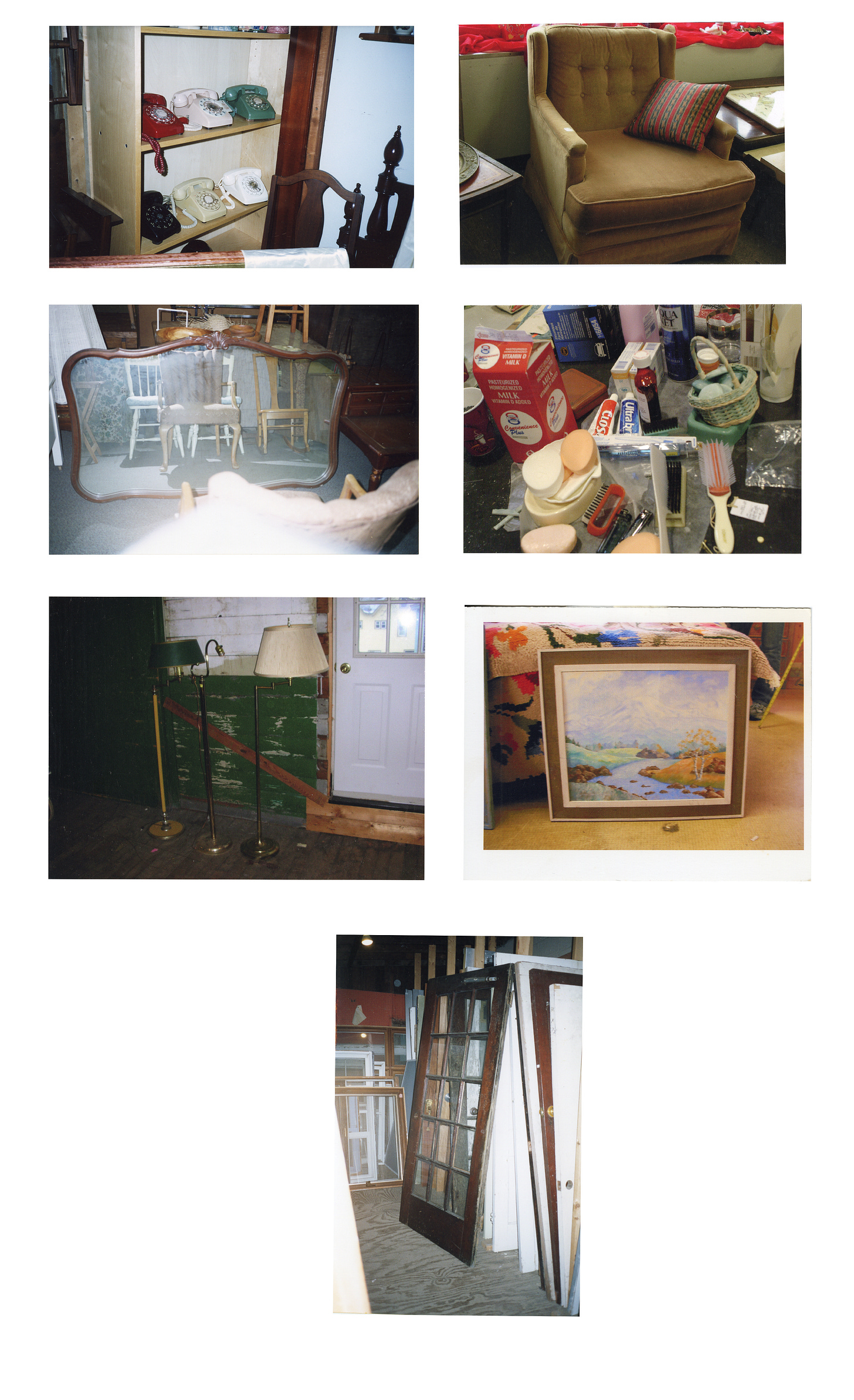

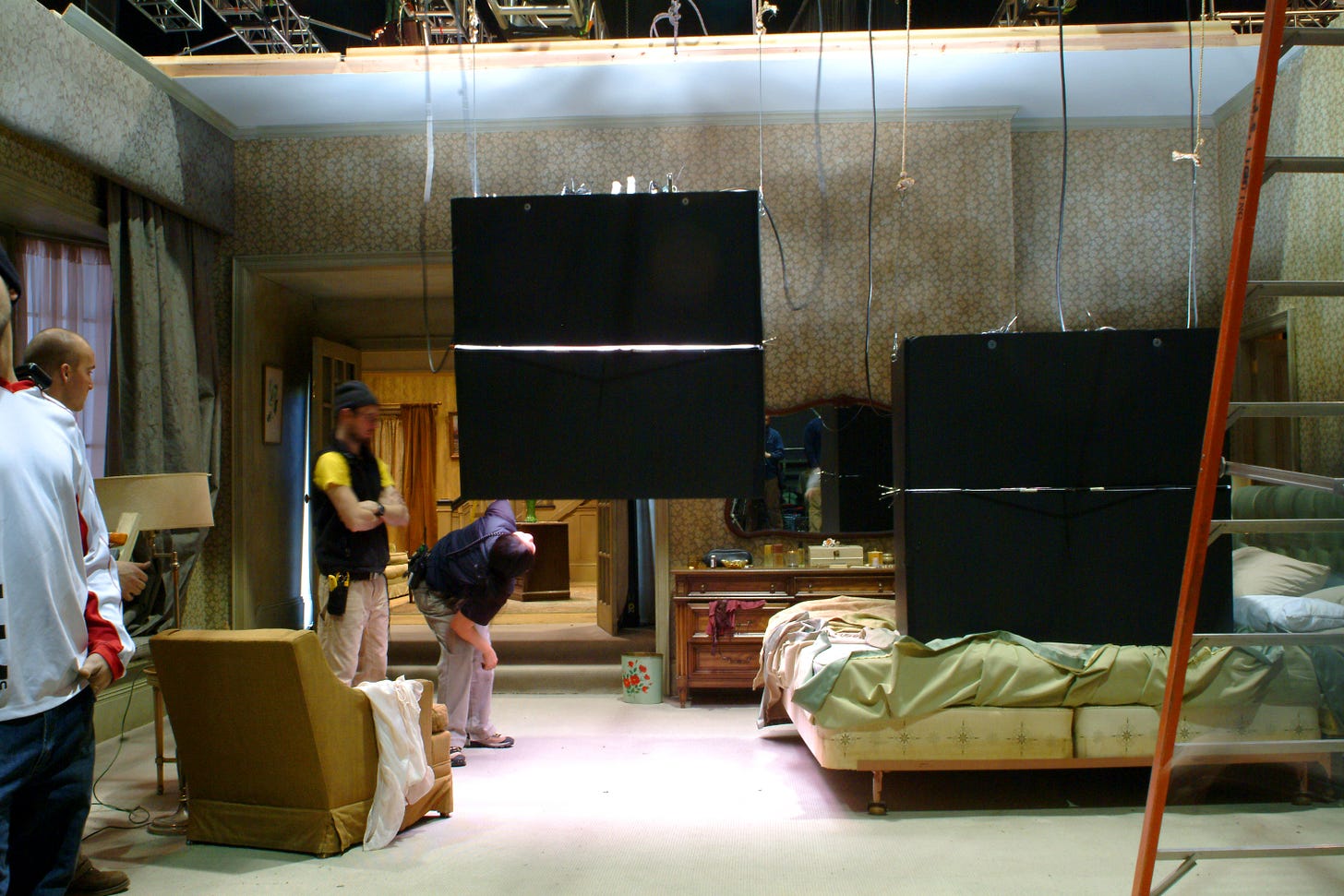
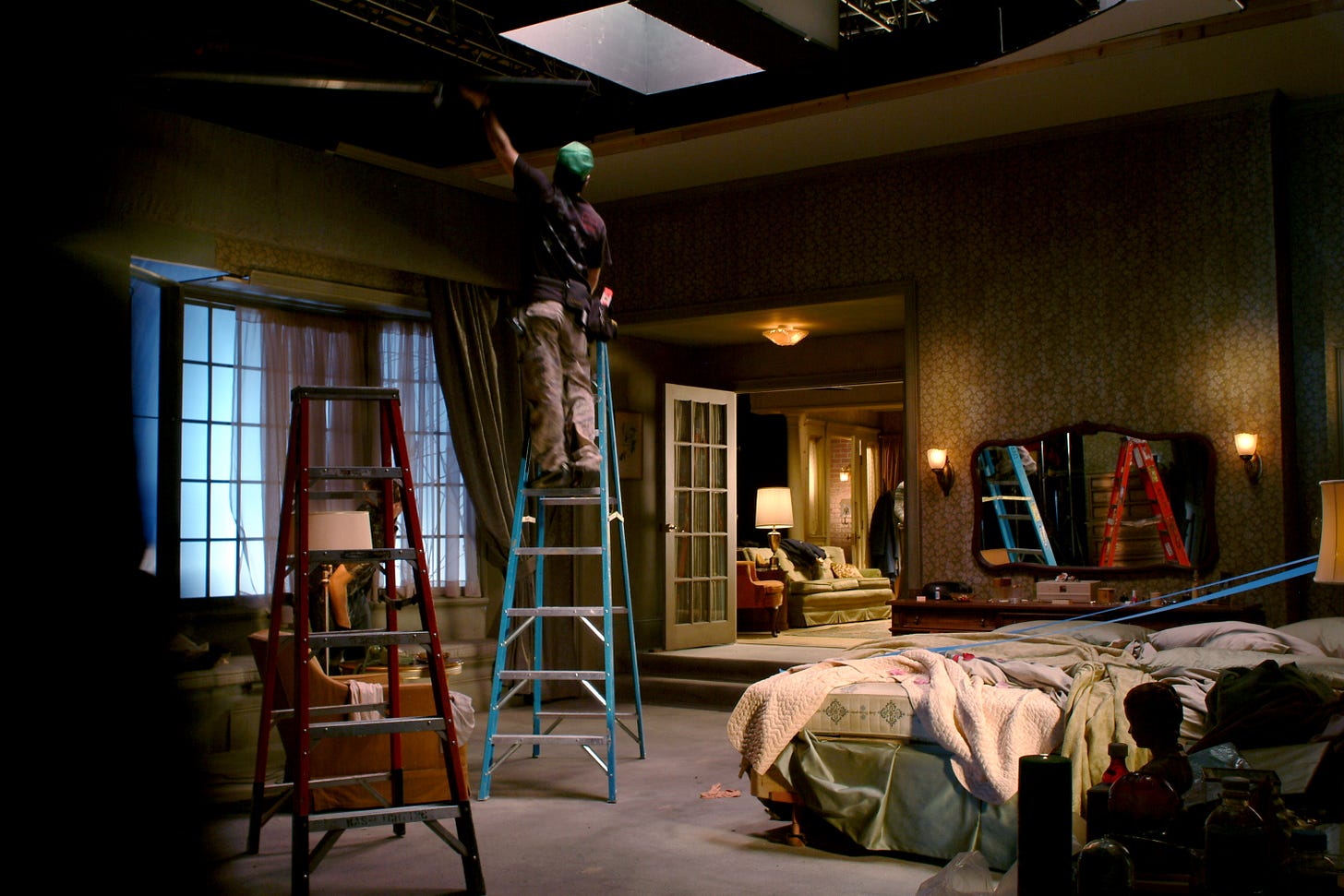
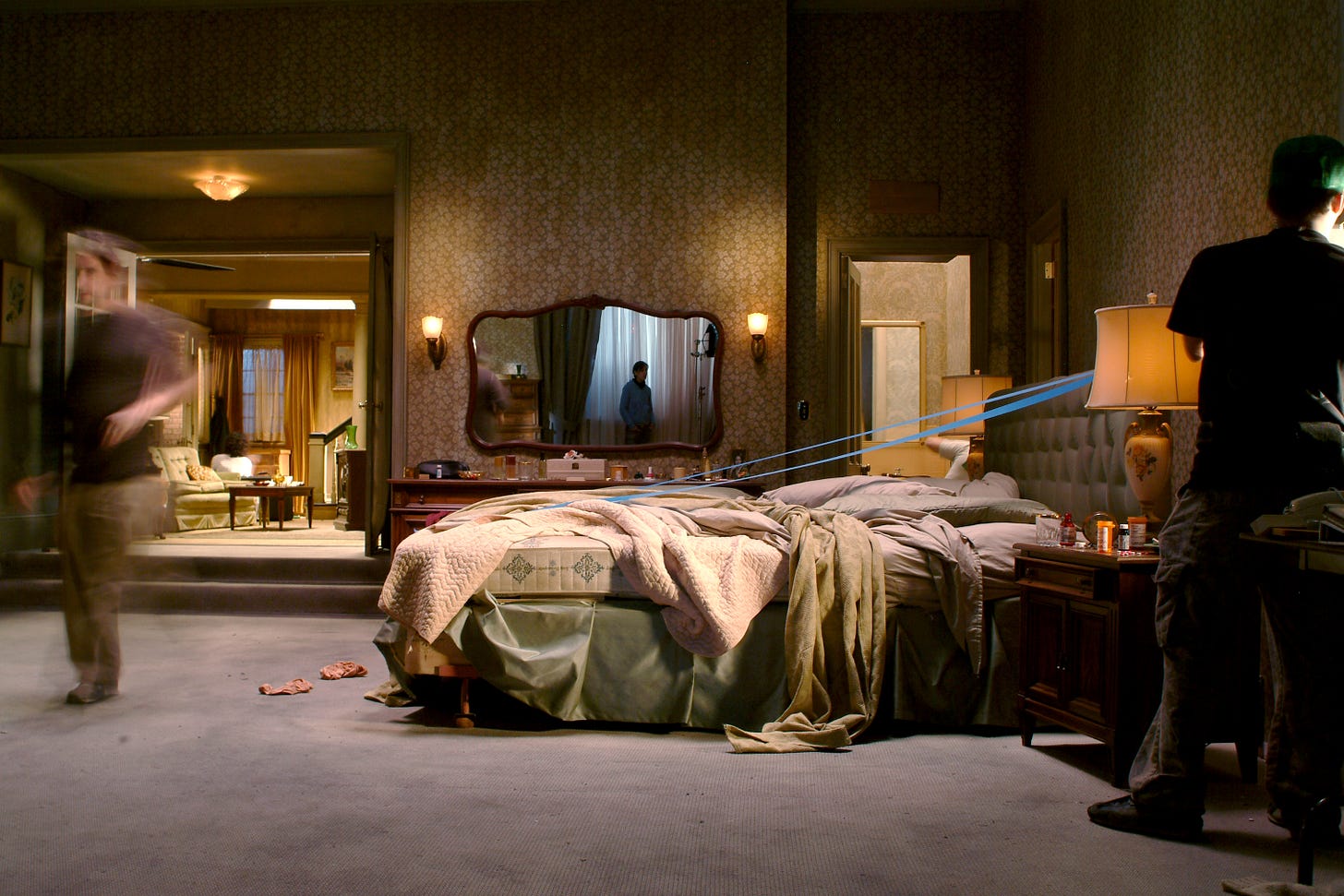
GODDAMN You're good!
I love that you use the phrase "willed into existence." It seems so fitting of the creative and existential energy required to both imagine and to realize the work you do. The production still with the blurry image of you feels very fitting—a ghost moving through the world you create. Brilliant. I'd love to have another conversation with you, either on or off the record.